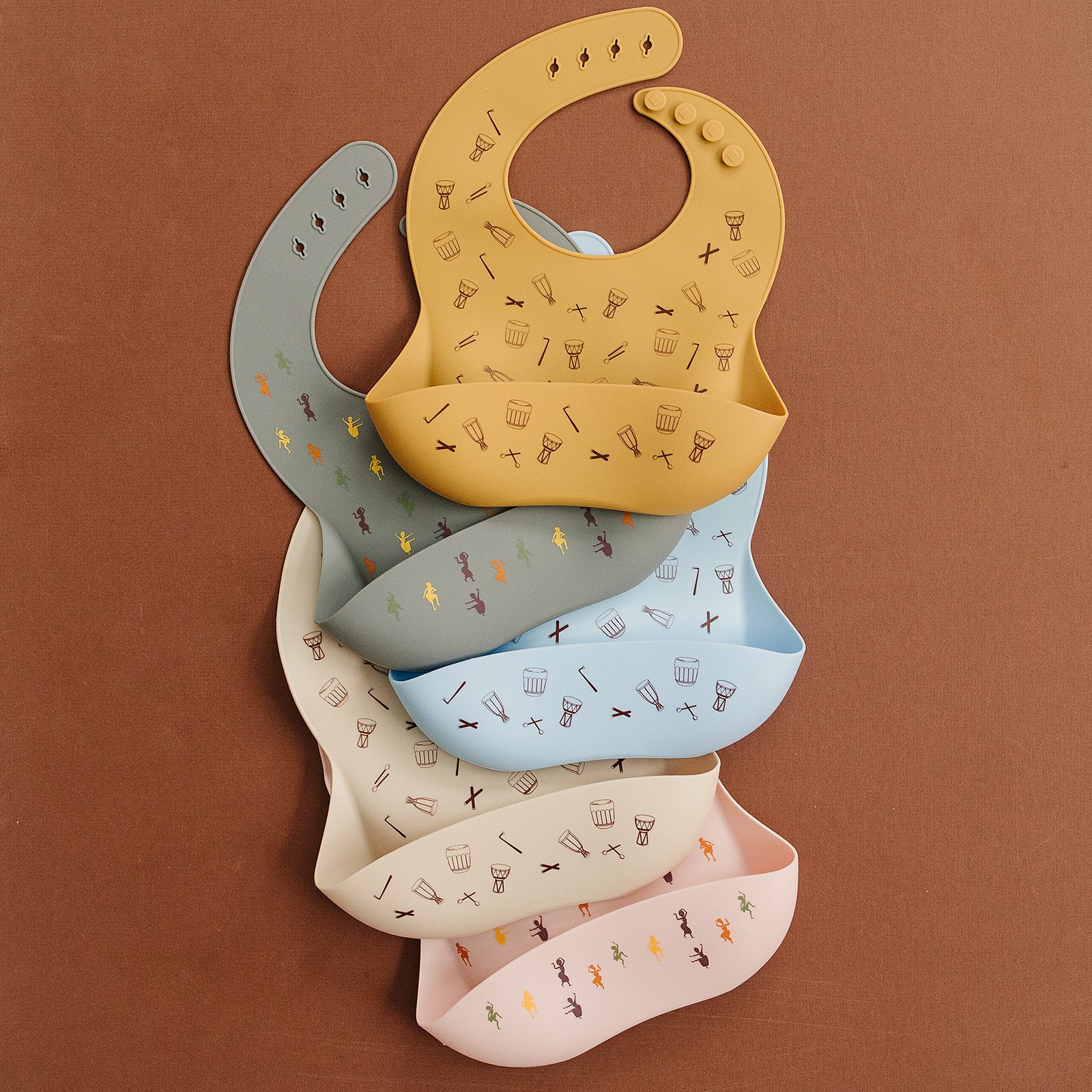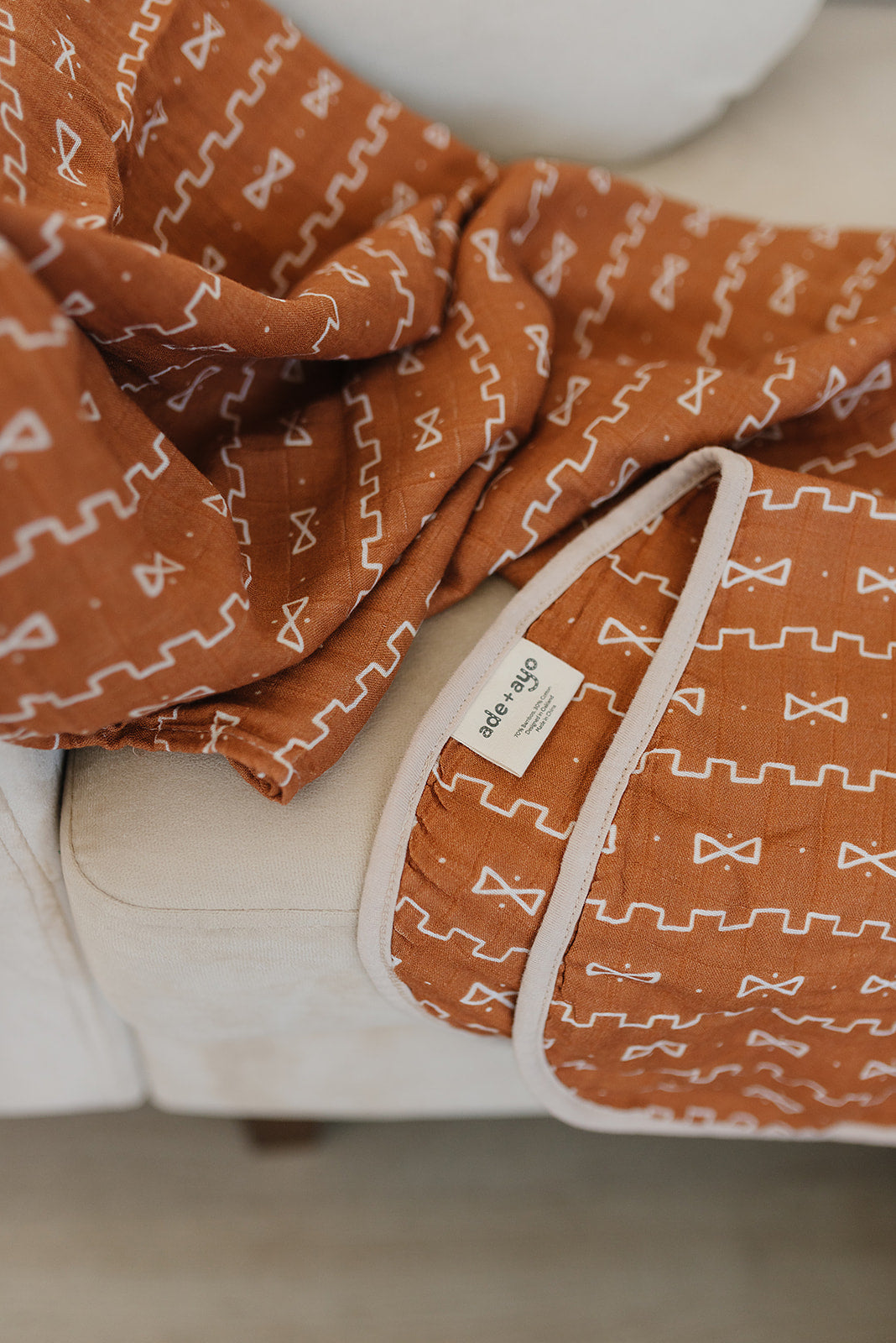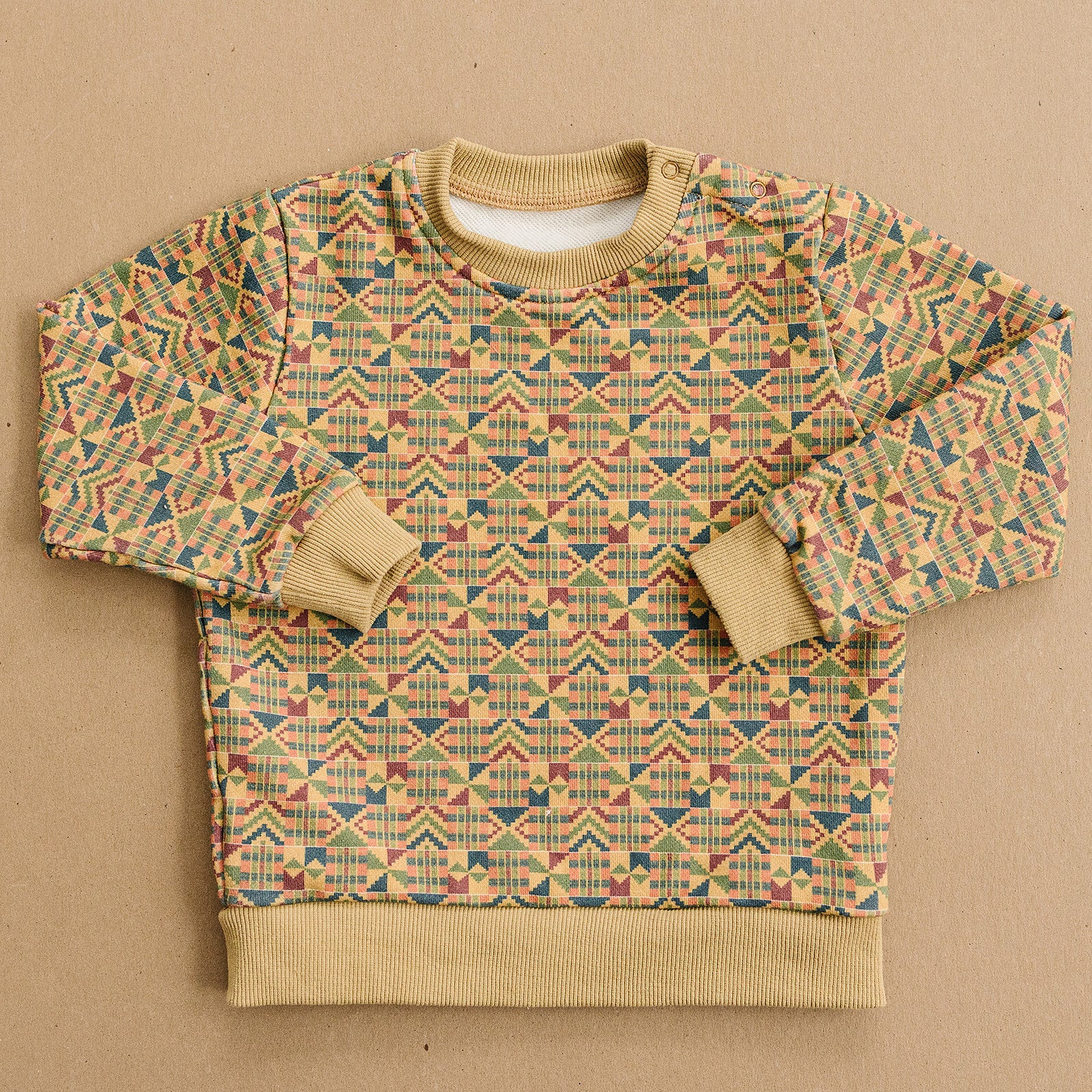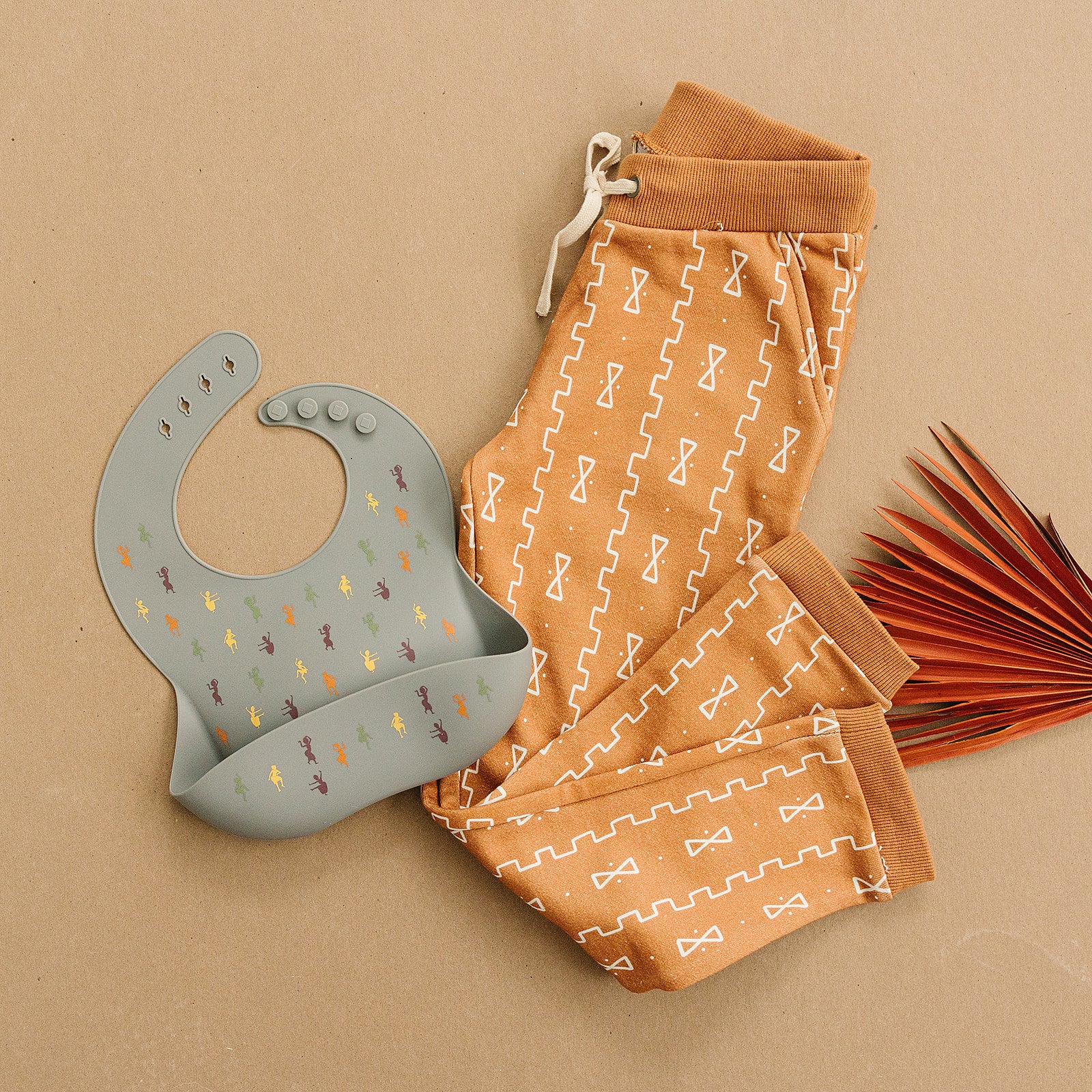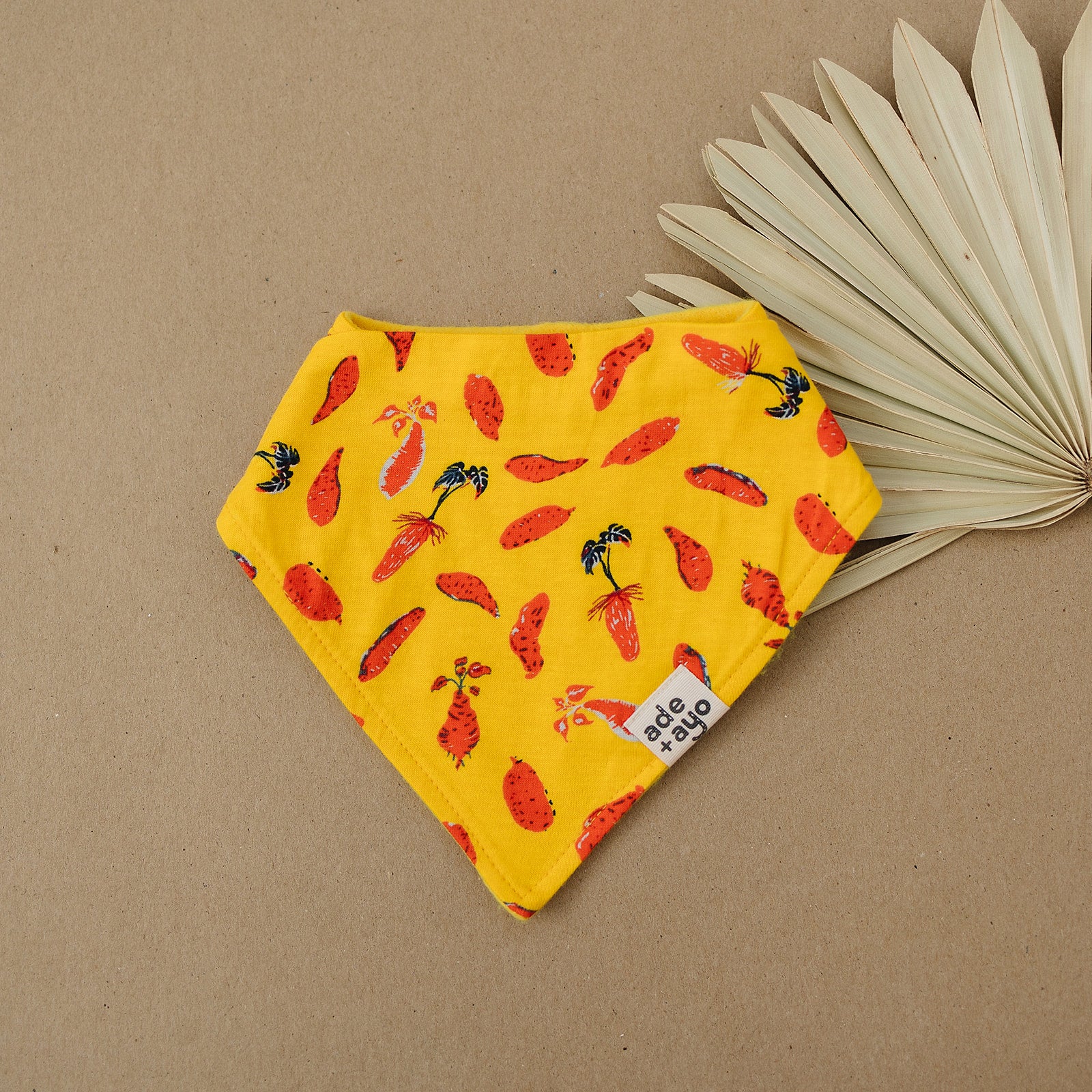Baby Sign Language For Beginners: 5 Easy Signs, When To Start, And Resources
Baby sign language can be a fun way to communicate with your little one long before they are able to speak. It also has some amazing benefits that you may not have known about! In this blog post, we will break down everything you need to know about baby sign language. We will discuss when to start, how to teach it, and the best resources available to make it a breeze. Plus, we will share 5 easy signs that you can use today!

Baby sign language can be extremely beneficial for both baby and parents. It is said by experts to:
- Help baby communicate their needs, which can greatly lessen frustration.
- Promote bonding and attachment between baby and parents.
- Foster cognitive development, as it requires baby to use problem-solving skills in order to communicate.
- Accelerate vocabulary and speech development.
All in all, baby sign language is a wonderful tool that can benefit both babies and parents.
When to Start
So, when should you start teaching your baby sign language? In short: it's never too early! Many start as early as five or six months. However, it is important to keep in mind that baby sign language is a gradual process. Some experts suggest sticking with 4 or 5 signs, in the beginning, only showing/teaching small "batches" of signs at a time. (we'll share 5 simple ones you can get started with today below!) Other experts in their field suggest, as parents, learning as many signs as you can (specifically in regard to everyday events and items), and using them frequently and paired with language and visual aids.
How to Start
When you decide what signs you want to start incorporating, there are two main methods for teaching your baby: the natural approach and the formal approach. The natural approach is when you simply incorporate baby sign language into your everyday life. For example, whenever you are making a certain gesture, say the word out loud at the same time. Over time, your baby will start to associate the word with the gesture and will eventually start using the sign on their own. The formal approach is when you set aside specific times to sit down and teach your baby sign language. This could be during diaper changes, feedings, or bedtime routines. Sometimes setting aside time to work on baby signs together can be a nice way to break up your schedule and spend some intentional time with your baby, but it certainly isn't necessary to make baby signs work for your household.
Helpful Resources
Being a parent in today's technologically oriented society can certainly have its downsides, but for exploring parenting options, resources, and more... it is really so nice to have google right at your fingertips. While a google search of hundreds of resources on how to get started with baby sign language may only be a click away, we've gone ahead and sifted through the resources to bring some of our favorites right here for you.
Video Resources:
- Baby Sign Language Basics to Know - What to Expect
- Pocket Preschool | Baby Sign Lanuage
- Baby Signing Time
Helpful Books:
- Baby Sign Language Made Easy (for parents)
- Nita's First Signs (for reading with your baby)
- My First Book of Signs (also for reading with your baby, but you'll learn lots too!)
Other Tools We Love:
- Baby Sign Language - Dictionary of Signs (free online resource)
- Baby Sign Language Flash Cards
5 Sign to Get Started With Today
We've included the beautiful illustrations from babysignlanguage.com -- here are five easy baby sign language signs to get you started:
Milk

Starting with something that you know is top of mind for your babe, like milk, is a great place to start incorporating baby sign langugage! allowing them to see the same visual for milk at every feeding will help them understand that their hands can be used to communicate
More

Another helpful sign is "more" -- anytime you are giving your baby more or asking if they would like more, use this simple sign to help them make the connection
Eat

If your baby has started solids, the sign for eat is very helpful. When you baby is practicing this sign, it will likely look like they are blowing you a kiss!
Diaper
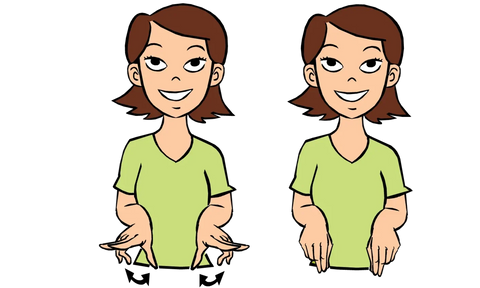
The sign for diaper is a great way to help your baby gain awareness of their body. You'll also be doing several diaper changes a day, so it's also a very easy sign to get lots of repetition with.
Sleep

Teaching your baby this sign early can be very helpful for mentally preparing your baby for bedtime, which sometimes can be half the battle when preparing for a good night's sleep!
Sign language is a great way to communicate with your baby and can provide a number of benefits. And of course, it’s never too late to start signing with your little one, so don’t worry if you missed the “baby sign language window.” You can begin incorporating baby signs into your lifestyle in many different ways, so find what works best for you and your family. Remember to have fun with it and enjoy the process! And don’t forget – we are always here to help! Be sure to follow us on Instagram and join our email list so you can save 15% off your next purchase from our shop.













